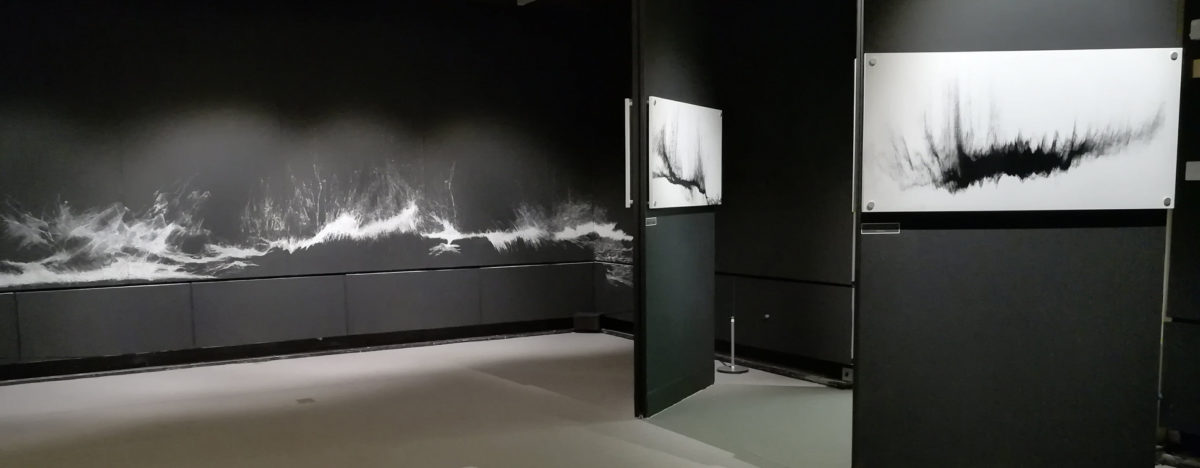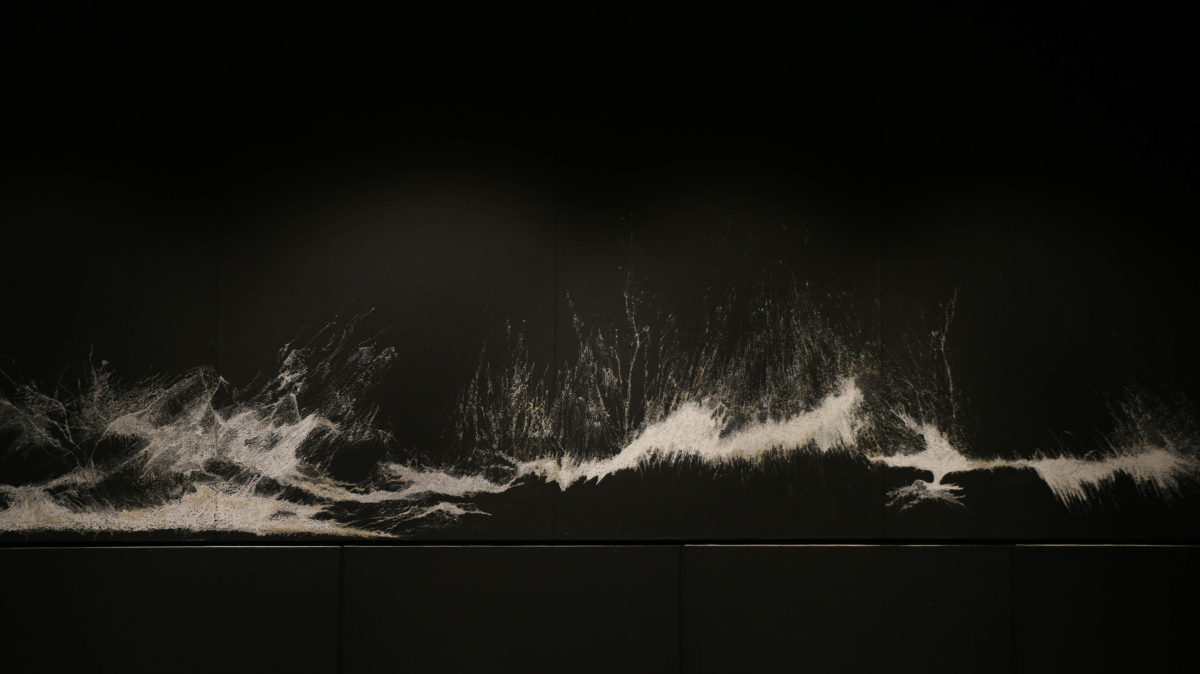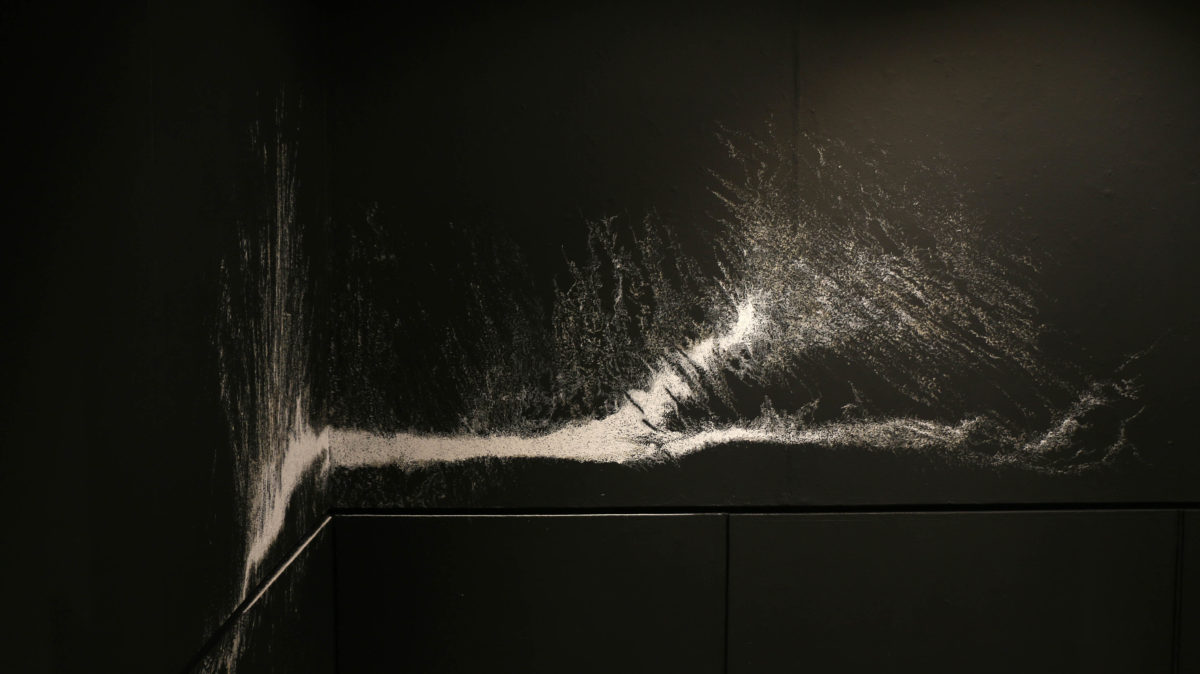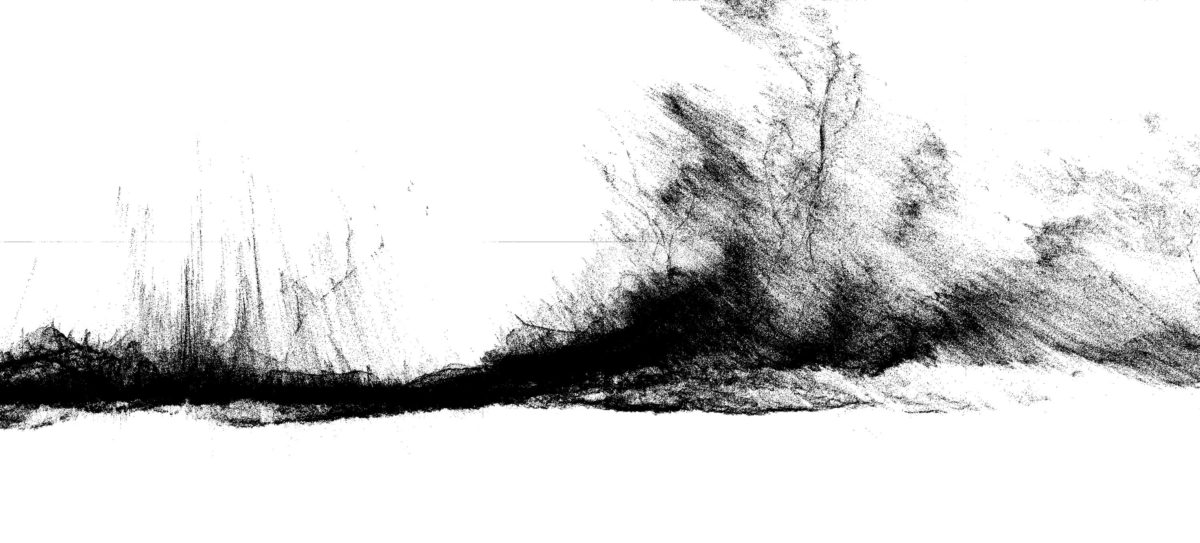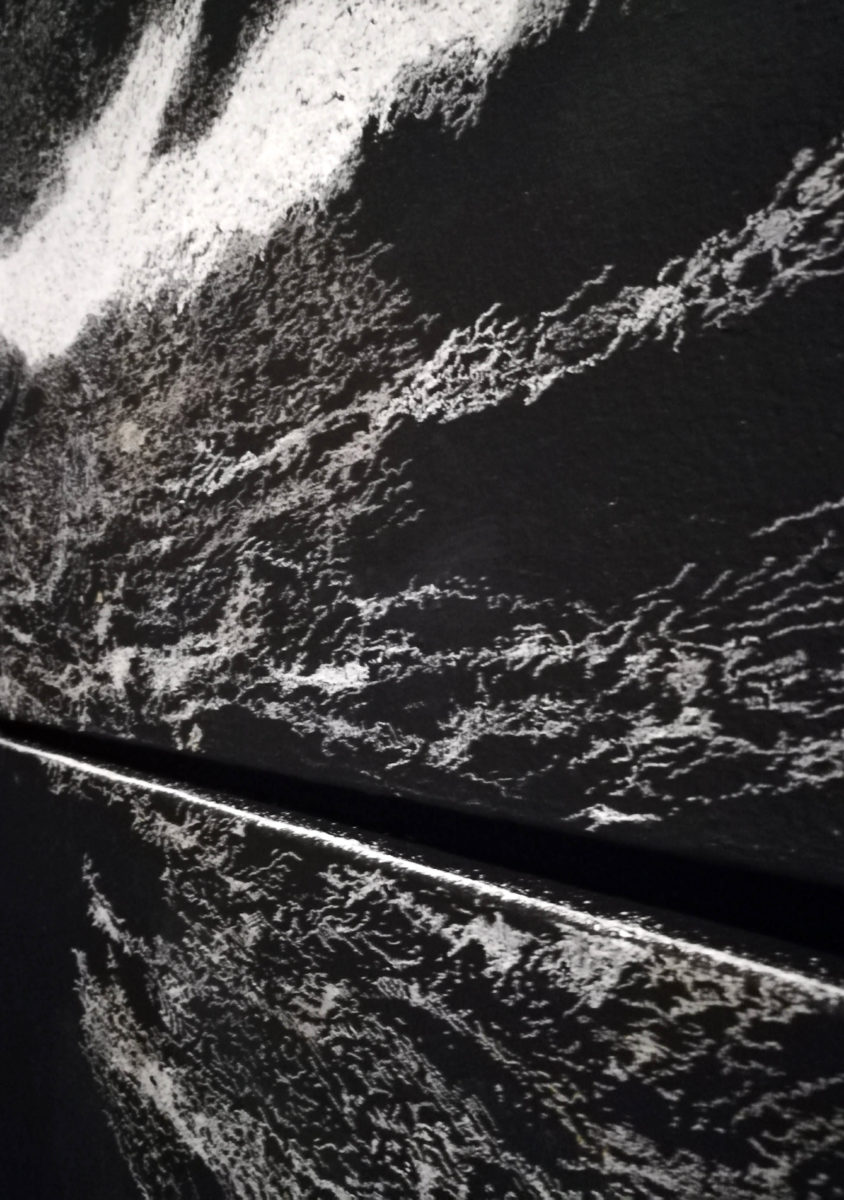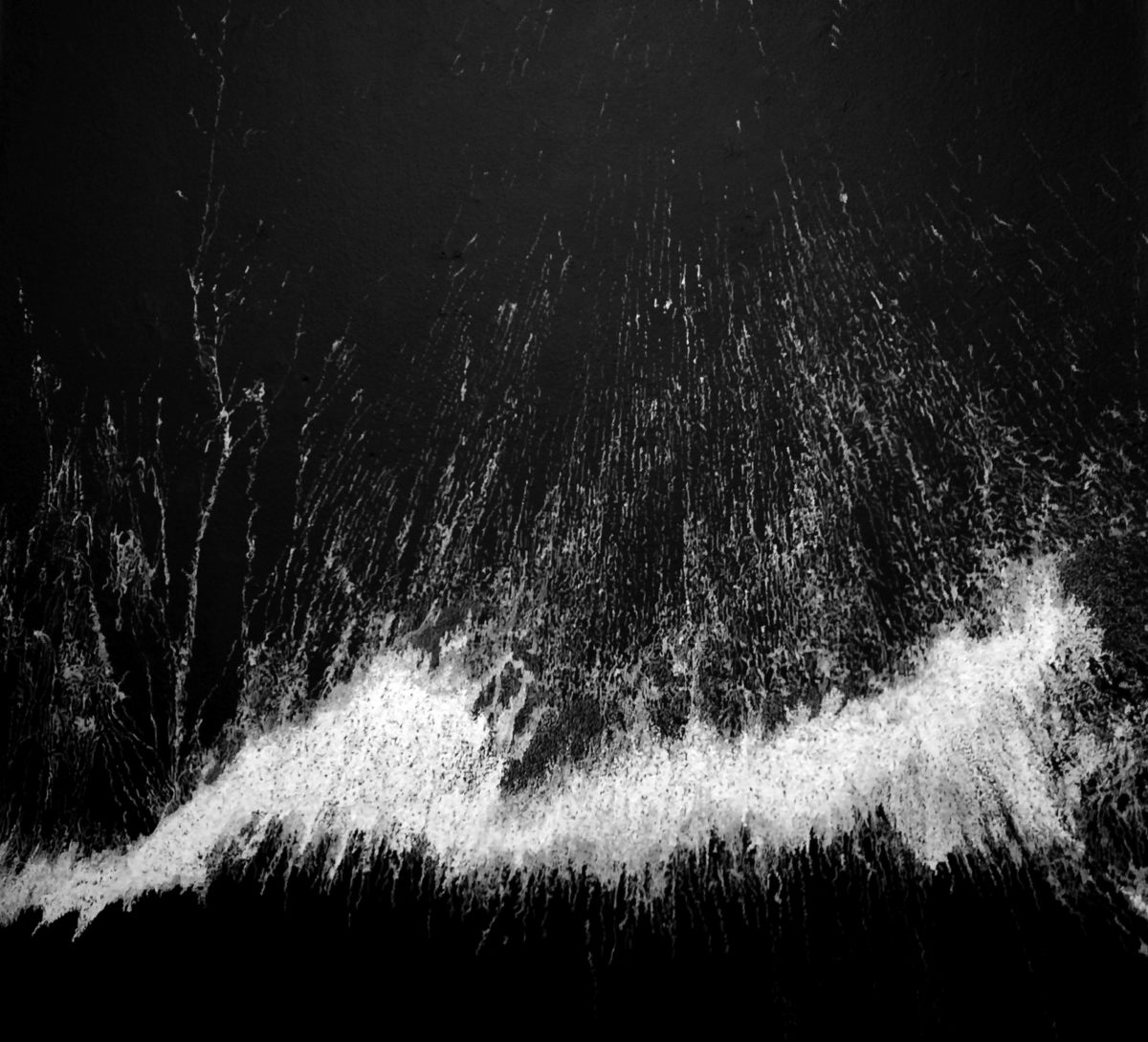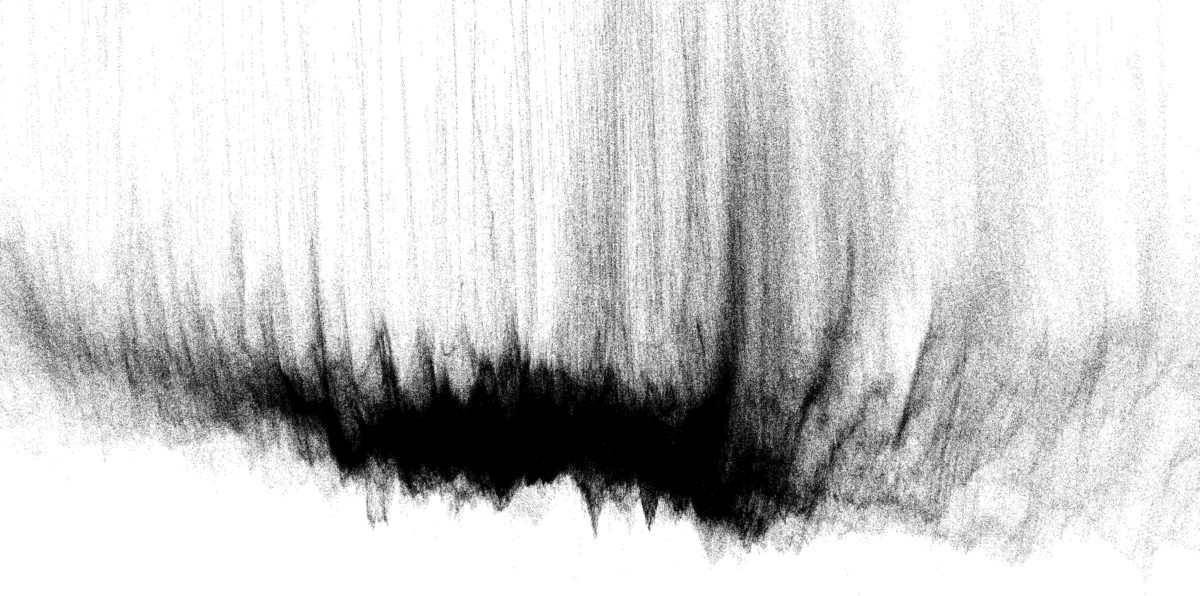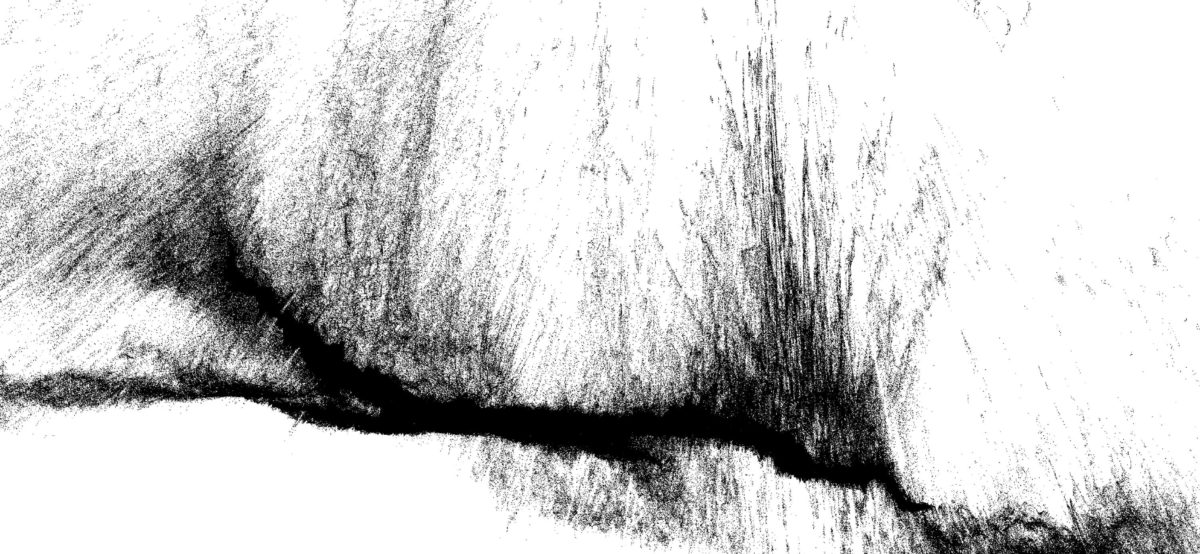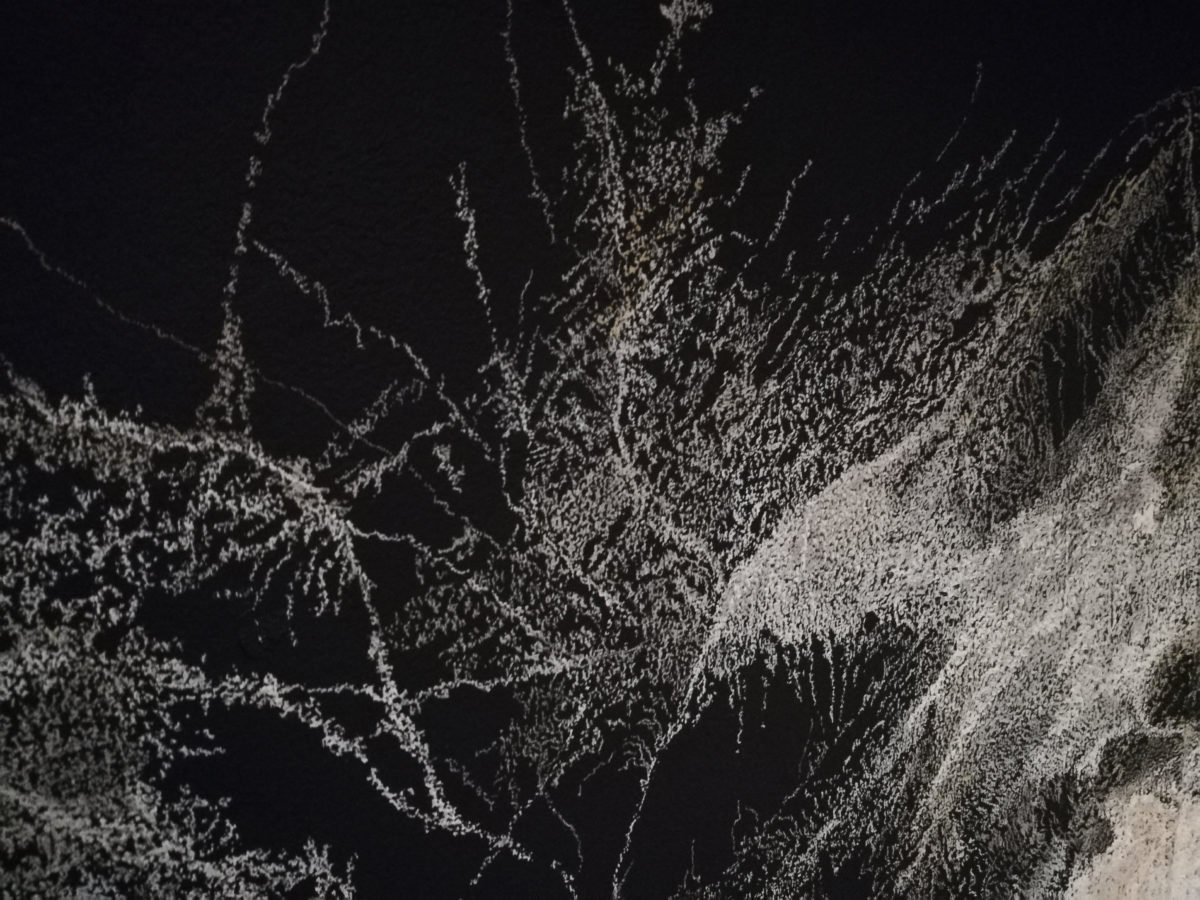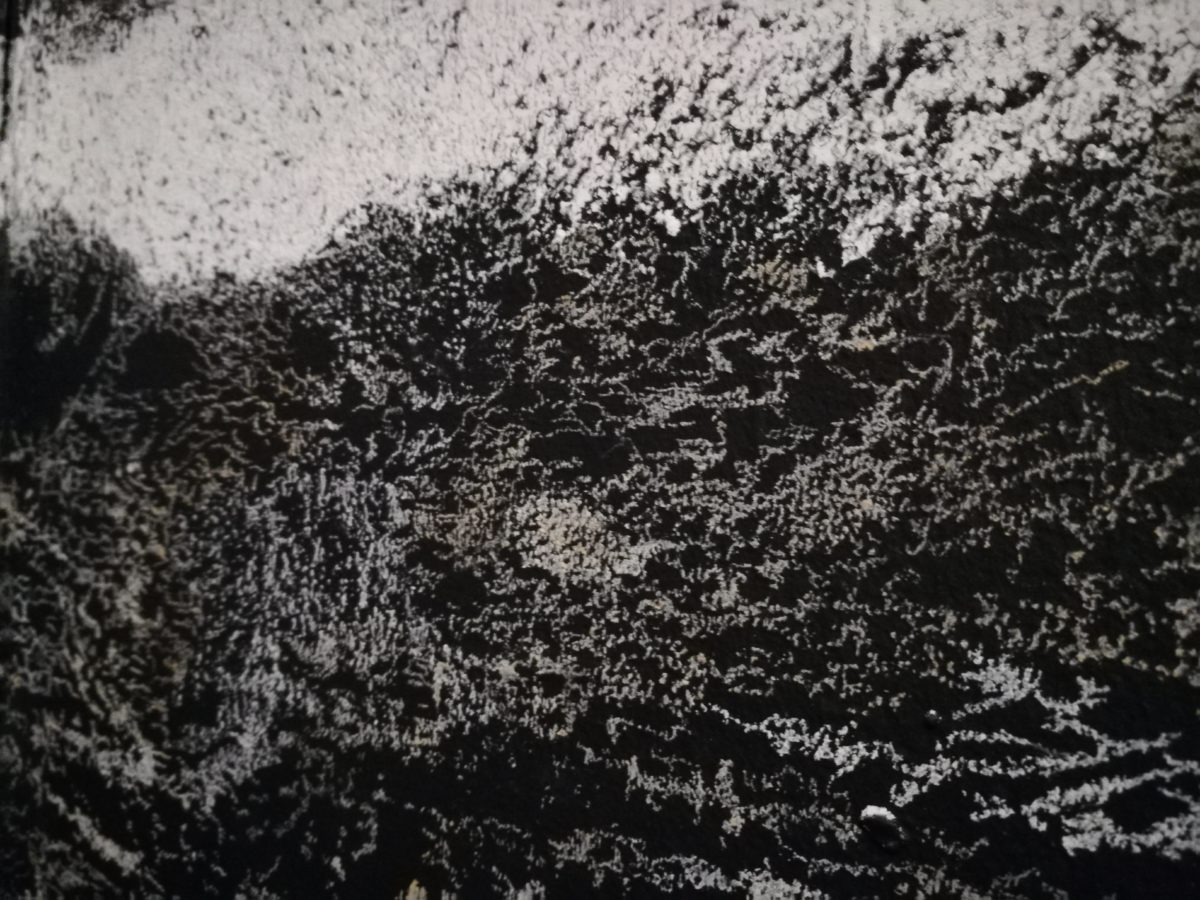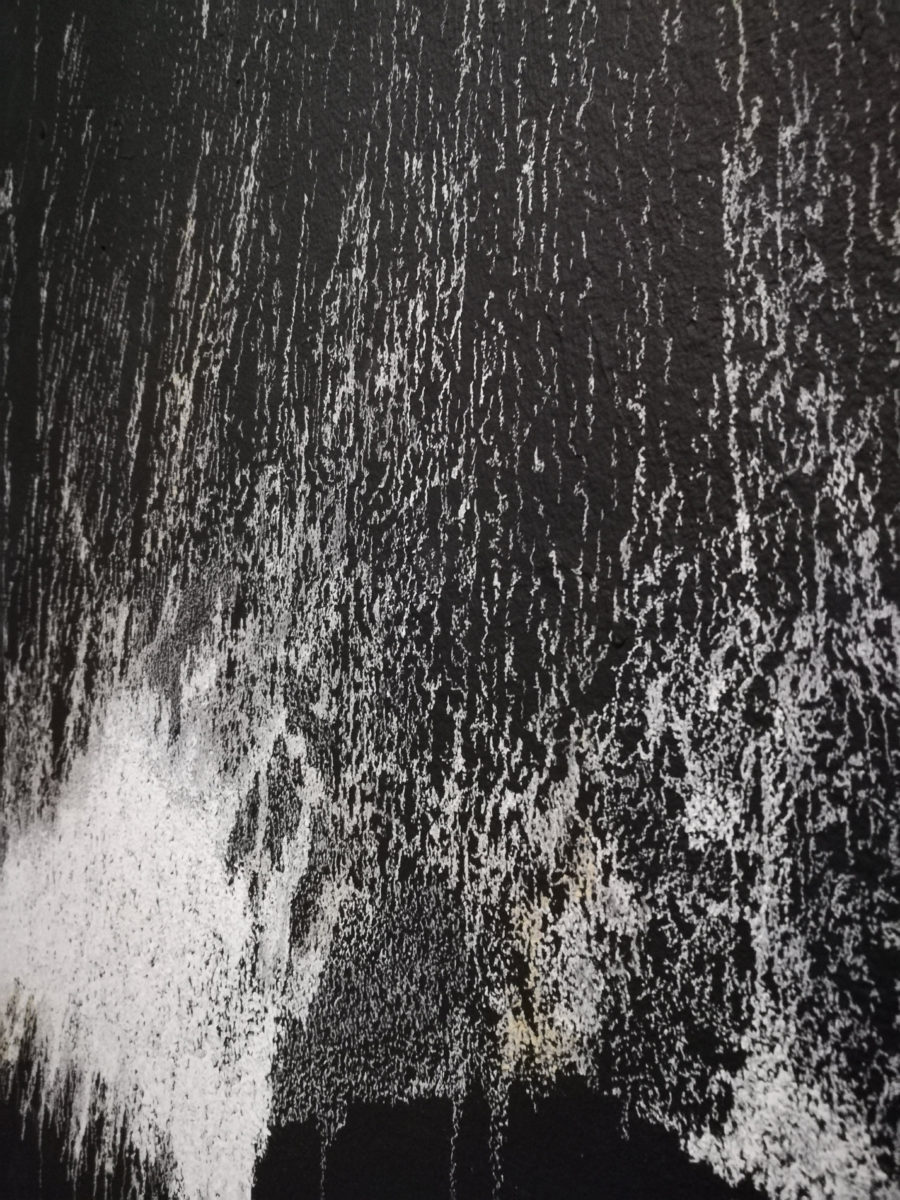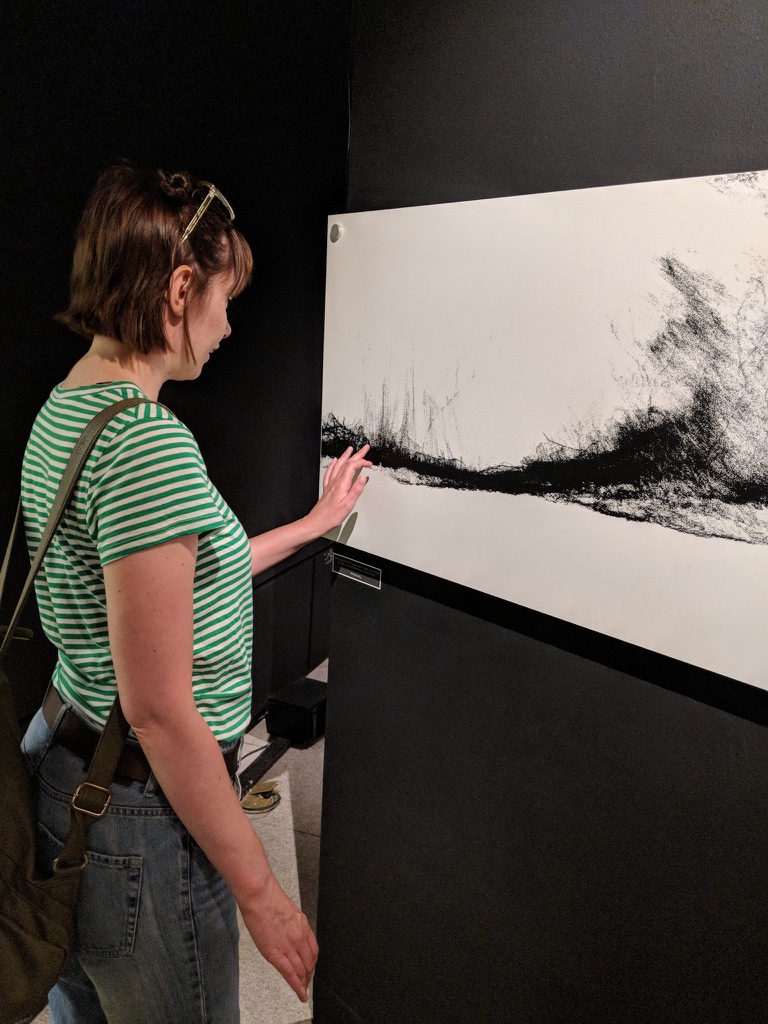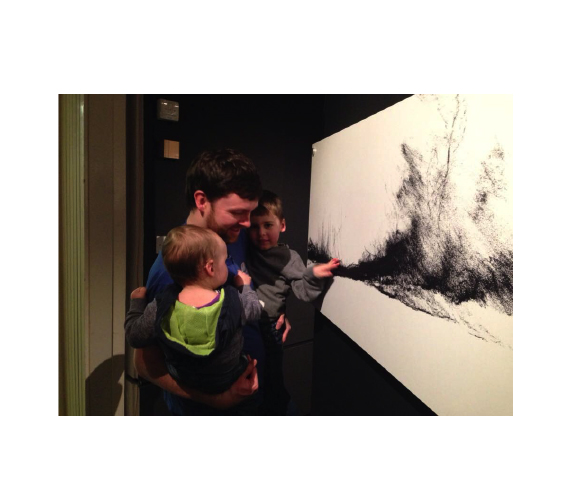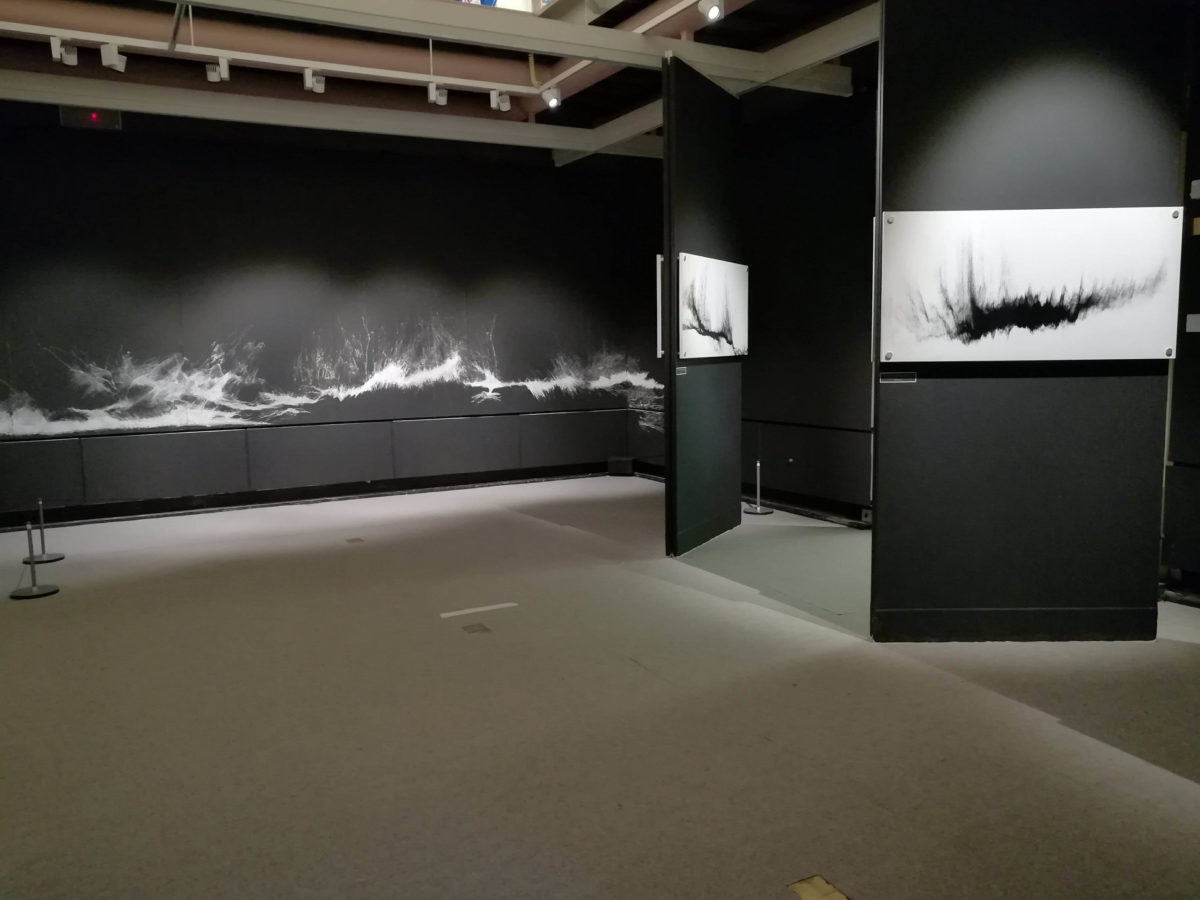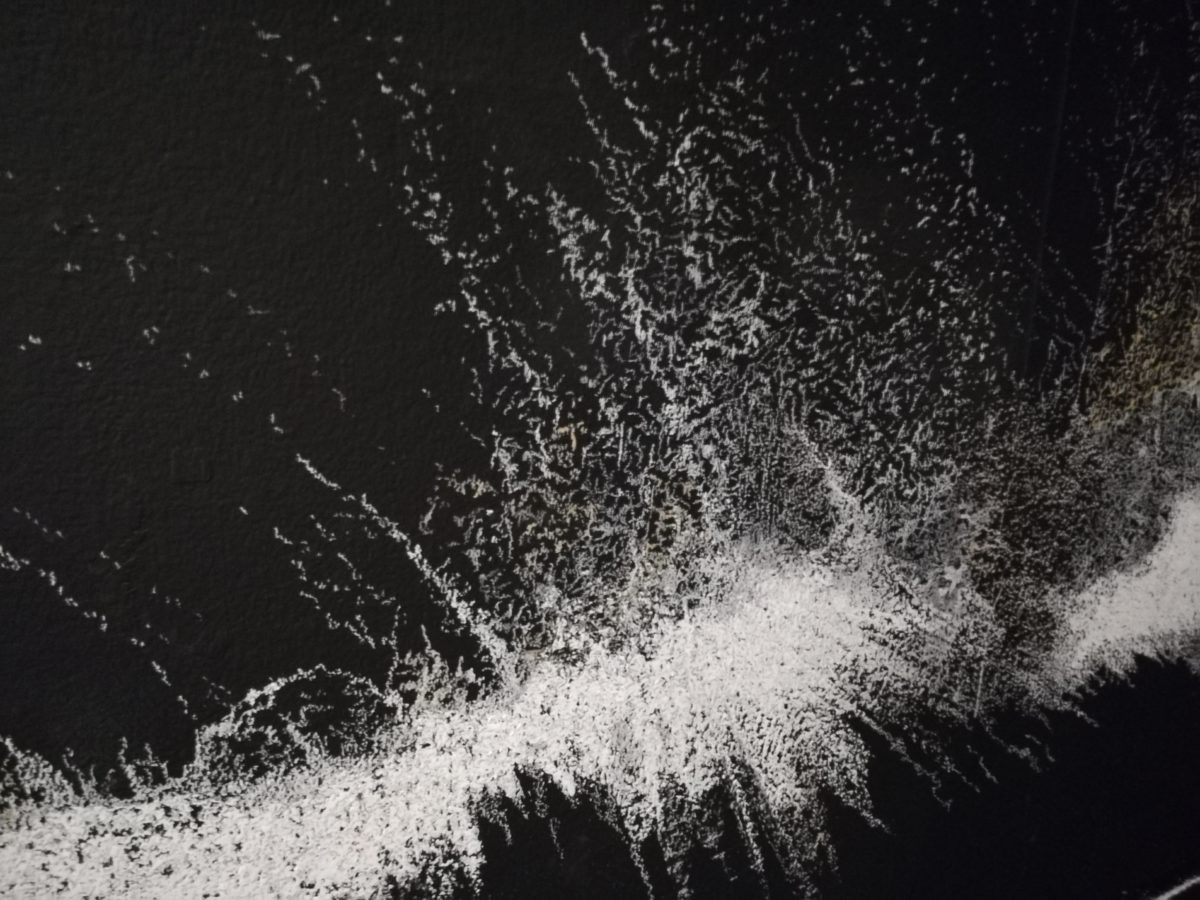
Haecceity – /hɛkˈsiːɪti,hiːkˈsiːɪti/
First proposed by John Duns Scotus (1266–1308), a haecceity is a non-qualitative property responsible for individuation and identity. That property or quality of a thing by virtue of which it is unique or describable as ‘this (one)’.
It is an elusive principle and one which many have sought to capture. Deleuze and Guattari reflect – “A season, a winter, a summer, an hour, a date have a perfect individuality lacking nothing […] They are haecceities […] capacities to affect and be affected”
(Deleuze and Guattari, 1980:288)
‘Haecceity’ is a research project investigating the concept of Place, and our connection to landscape. The traditional techniques of drawing and printmaking are combined with geomatics and sensory technologies to explore how memory is suspended in movement and how these intersect to influence our experience and perceptions of landscape.
Investigative walking and commissioned residency over a 6-month period in 2018 enabled an exploration of wetland sites around Warrington with specific focus on Risley Moss, examining how personal movements and multi-sensory experiences contribute to our memories and connections to place.
Analogue processes of drawing and printmaking are combined with immersive technologies to create artworks exploring how movement and memory inform our understanding of a world built up of experiences.
Images took form from digital data collected using commercial mapping equipment whilst walking. Working directly on the gallery walls the drawing installation uncovered a journey across post-industrial landscapes surrounding Warrington. These drawings were not fixed, created from limestone the loose powder was left to fall from the wall and was easily disturbed if touched. The vulnerability of the drawing acted as a metaphor for the threatened, fragile environments the work strives to represent.
In addition to the temporary wall drawings 4 interactive screen-prints were created bringing a new dimension into the gallery. Images printed through silkscreens using conductive ink. This ink, contained fragments of conductive material, which when dried allowed the conductivity of electricity. The images then responded to human interaction, touching with the hand triggered a sound recording in the space; the visual transformed into a sonic experience.
Commissioned by Warrington Contemporary Arts Festival 2017.
Exhibited
Exhibited
Haecceity – Warrington Museum and Art Gallery 2018
Articles
Thinking the Sculpture Garden: Art, Plant, Landscape.
Penny Florence/Routledge. ISBN-13 : 978-0367190248
Proximity and Distance in Northern Landscape Photography Contemporary Criticism, Curation, and Practice.
Edited by Darcy White and Chris Goldie/transcript publishing. ISBN-9783837649505
Wild Things: The Overwintering Project and works by Mulkun Wirrpanda, John Wolseley and Tracy Hill.
Sue Forster. Imprint – autumn 2019, volume 54 number 2
Download PDF here: http://livingmaps.review/journal/index.php/LMR/article/view/130
